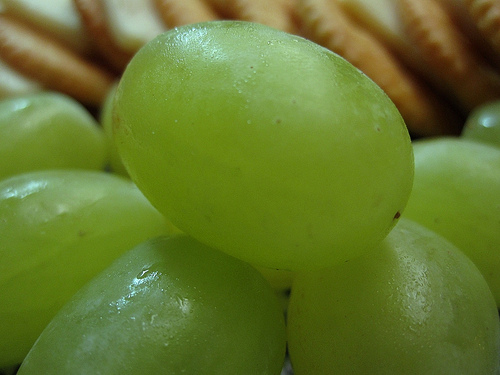At NPR, the Salt has brought to our attention the “Cotton Candy grape.” It tastes, as its name suggests, like cotton candy:
“When it pops in your mouth, the first impression is a rush of cotton candy flavor,” says Spencer Gray, a personal chef in Culver City and blogger at Omnivorous who has sampled the grapes. “The green grapes don’t look or smell like cotton candy,” he tells The Salt, “but they will remind you of a circus.” His son, he says, loves them.
Secure · Tax deductible · Takes 45 SecondsSecure · Tax deductible · Takes 45 Seconds
Biting into a grape and getting the flavor of cotton candy sounds like an intensely traumatic experience. But before rushing to condemn this adulteration of nature’s candy, you might want to consider this. David Cain, the grapes’ designer, is aiming to “bring back the natural flavors of our grapes,” says NPR. They are conventionally bred. They don’t have much more sugar than your average grocery store grapes — just 12 percent more. They just don’t have a strong tart element, so all you’re tasting is the sugar, and a hint of vanilla that gives the grapes that cotton candy flavor.
On the other hand, the Los Angeles Times points out that grapes like these “pack enough sugar that they may as well be Skittles on the vine.” (That’s an exaggeration; they have about five grams of sugar per ounce, whereas Skittles have more like 20.) Like GMOs, these plants are patented and licensed out to growers. And while the grapes probably are better than candy, they’re part of the same market that sells massive quantities of sugar to American eaters:
“We’re competing against candy bars and cookies,” said Cain, 62, a former scientist at the U.S. Department of Agriculture who now heads research at privately owned International Fruit Genetics in Bakersfield.
All that said, if these are a gateway drug to kids eating more fresh fruit, we’re tentatively in favor.




